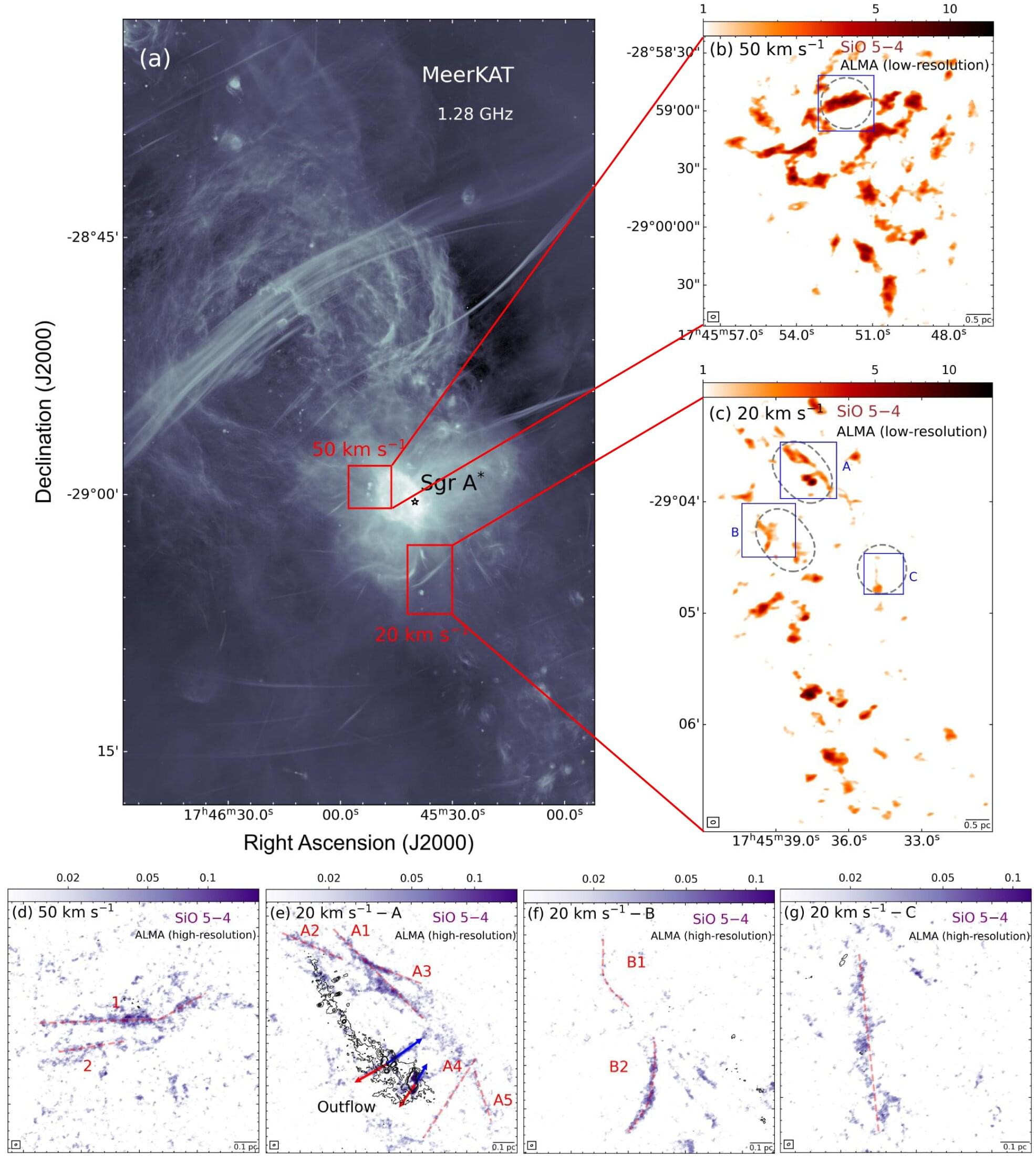Environmental conditions can cause damaging stress to plants, posing challenges for home gardeners and farmers. Therefore, early detection—before leaves visibly discolor, wilt or wither—is crucial.



In the realm of science fiction, Dyson spheres and ringworlds have been staples for decades. But it is well known that the simplest designs are unstable against gravitational forces and would thus be torn apart. Now a scientist from Scotland, UK has shown that certain configurations of these objects near a two-mass system can be stable against such fractures. The work is published in the journal Monthly Notices of the Royal Astronomical Society.




The race among quantum computers is full of higher number of qubits and error correction rates. But what problems that need solving now?


Swirling through the Milky Way’s central zone, in the turbulent region surrounding the supermassive black hole at the core of our galaxy, dust and gases constantly churn as energetic shock waves ripple throughout. An international team of astronomers using the Atacama Large Millimeter/submillimeter Array (ALMA) have sharpened our view of this action by a factor of 100, discovering a surprising new filamentary structure in this mysterious region of space.
